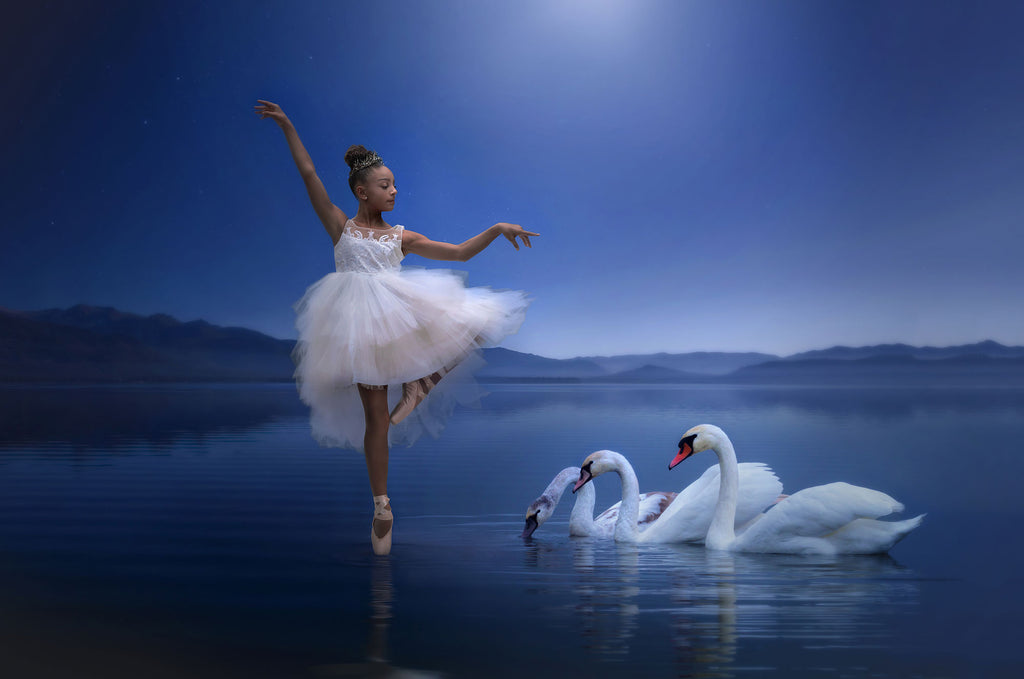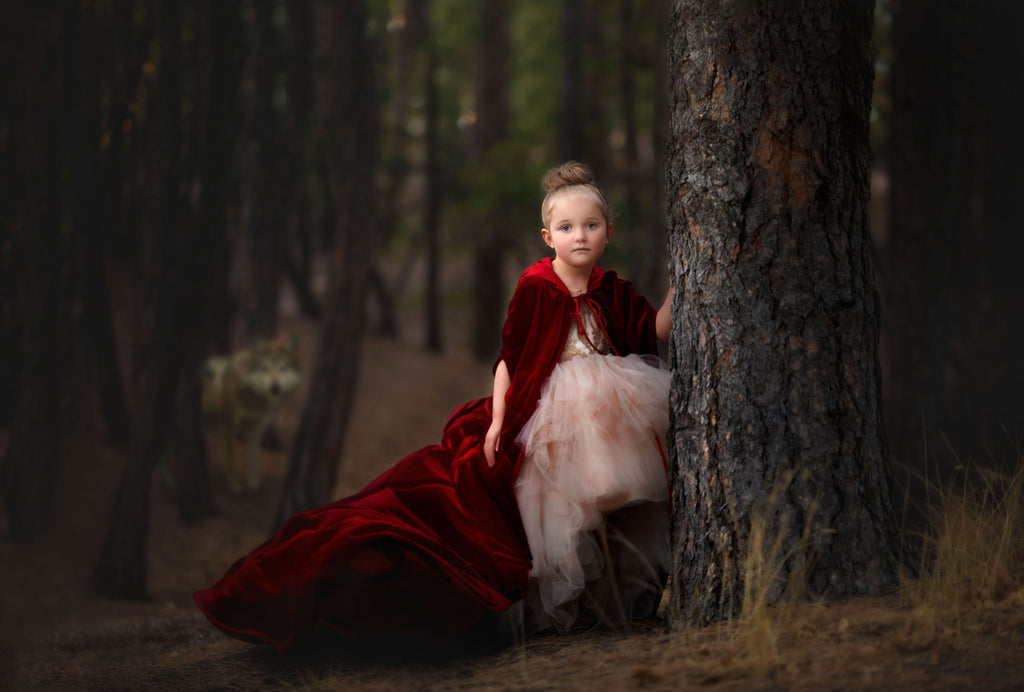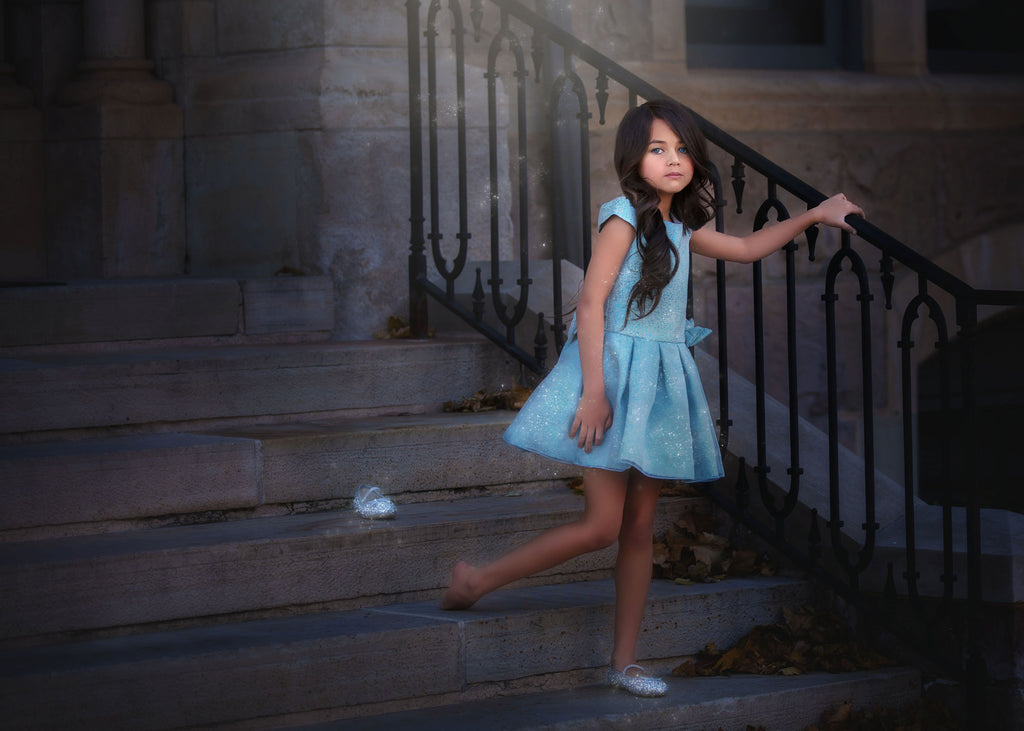European Folktale Series

Sleeping Beauty
"Sleeping Beauty" (French: La Belle au bois dormant "The Beauty in the sleeping Wood") by Charles Perrault, or "Little Briar Rose" (German: Dornröschen), is a classic fairy tale which involves a beautiful princess, a sleeping enchantment, and a handsome prince. The version collected by the Brothers Grimm was an orally transmitted version of the originally literary tale published by Charles Perrault in Histoires ou contes du temps passé in 1697.[1] This in turn was based on Sun, Moon, and Talia by Italian poet Giambattista Basile (published posthumously in 1634), which was in turn based on one or more folk tales. The earliest known version of the story is found in the narrative Perceforest, composed between 1330 and 1344 and first printed in 1528.
"Sleeping Beauty" (French: La Belle au bois dormant "The Beauty in the sleeping Wood") by Charles Perrault, or "Little Briar Rose" (German: Dornröschen), is a classic fairy tale which involves a beautiful princess, a sleeping enchantment, and a handsome prince. The version collected by the Brothers Grimm was an orally transmitted version of the originally literary tale published by Charles Perrault in Histoires ou contes du temps passé in 1697.[1] This in turn was based on Sun, Moon, and Talia by Italian poet Giambattista Basile (published posthumously in 1634), which was in turn based on one or more folk tales. The earliest known version of the story is found in the narrative Perceforest, composed between 1330 and 1344 and first printed in 1528.

The Six Swans
The Six Swans (in German : Die sechs Schwäne) is a German fairy tale collected by the Brothers Grimm[1] as tale number 49. Andrew Lang included a variant in The Yellow Fairy Book.[2] It is Aarne–Thompson type 451: the brothers who were turned into birds.[3] Other tales of this type include The Magic Swan Geese, The Seven Ravens, The Twelve Wild Ducks, Udea and her Seven Brothers, The Wild Swans, and The Twelve Brothers.[4]
The Six Swans (in German : Die sechs Schwäne) is a German fairy tale collected by the Brothers Grimm[1] as tale number 49. Andrew Lang included a variant in The Yellow Fairy Book.[2] It is Aarne–Thompson type 451: the brothers who were turned into birds.[3] Other tales of this type include The Magic Swan Geese, The Seven Ravens, The Twelve Wild Ducks, Udea and her Seven Brothers, The Wild Swans, and The Twelve Brothers.[4]

Little Red Riding Hood
"Little Red Riding Hood" is a European fairy tale about a young girl and a Big Bad Wolf.[1] Its origins can be traced back to the 10th century by several European folk tales, including one from Italy called The False Grandmother (Italian: La finta nonna), later written among others by Italo Calvinoin the Italian Folktales collection; the best known versions were written by Charles Perrault and the Brothers Grimm.[2]. The story has been changed considerably in various retellings and subjected to numerous modern adaptations and readings. Other names for the story are: "Little Red Ridinghood", "Little Red Cap" or simply "Red Riding Hood". It is number 333 in the Aarne-Thompson classification system for folktales.[3]
"Little Red Riding Hood" is a European fairy tale about a young girl and a Big Bad Wolf.[1] Its origins can be traced back to the 10th century by several European folk tales, including one from Italy called The False Grandmother (Italian: La finta nonna), later written among others by Italo Calvinoin the Italian Folktales collection; the best known versions were written by Charles Perrault and the Brothers Grimm.[2]. The story has been changed considerably in various retellings and subjected to numerous modern adaptations and readings. Other names for the story are: "Little Red Ridinghood", "Little Red Cap" or simply "Red Riding Hood". It is number 333 in the Aarne-Thompson classification system for folktales.[3]

Cinderella
Cinderella (Italian: Cenerentola, French: Cendrillon, German: Aschenputtel), or The Little Glass Slipper, is a folk tale embodying a myth-element of unjust oppression and triumphant reward. Thousands of variants are known throughout the world.[1][2]The title character is a young woman living in unfortunate circumstances, that are suddenly changed to remarkable fortune. The story of Rhodopis, recounted by the Greek geographer Strabo in around 7 BC, about a Greek slave girl who marries the king of Egypt, is usually considered as the earliest known variant of the "Cinderella" story.[1][2][3]The first literary European version of the story was published in Italy by Giambattista Basile in his Pentamerone in 1634; the most popular version was published by Charles Perrault in Histoires ou contes du temps passé in 1697,[4] and later by the Brothers Grimm in their folk tale collection Grimms' Fairy Tales in 1812.
Cinderella (Italian: Cenerentola, French: Cendrillon, German: Aschenputtel), or The Little Glass Slipper, is a folk tale embodying a myth-element of unjust oppression and triumphant reward. Thousands of variants are known throughout the world.[1][2]The title character is a young woman living in unfortunate circumstances, that are suddenly changed to remarkable fortune. The story of Rhodopis, recounted by the Greek geographer Strabo in around 7 BC, about a Greek slave girl who marries the king of Egypt, is usually considered as the earliest known variant of the "Cinderella" story.[1][2][3]The first literary European version of the story was published in Italy by Giambattista Basile in his Pentamerone in 1634; the most popular version was published by Charles Perrault in Histoires ou contes du temps passé in 1697,[4] and later by the Brothers Grimm in their folk tale collection Grimms' Fairy Tales in 1812.
